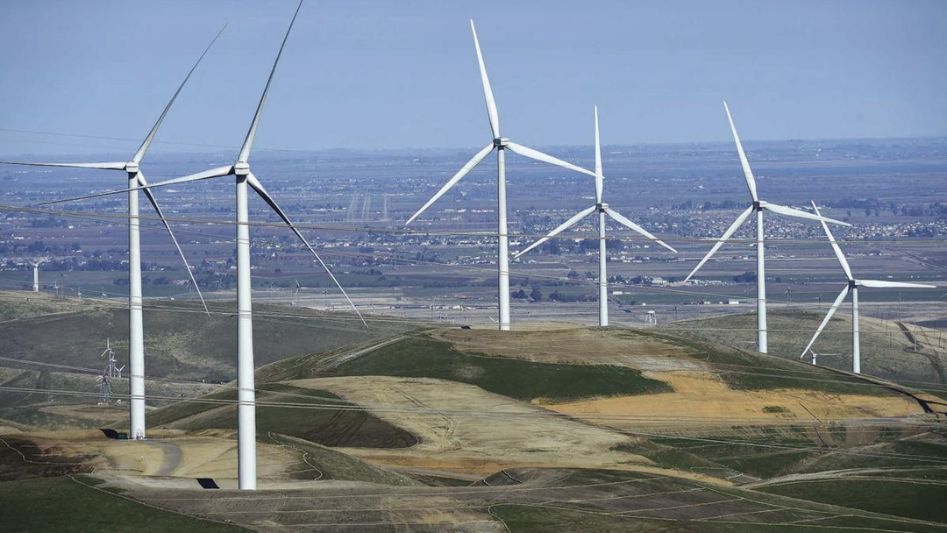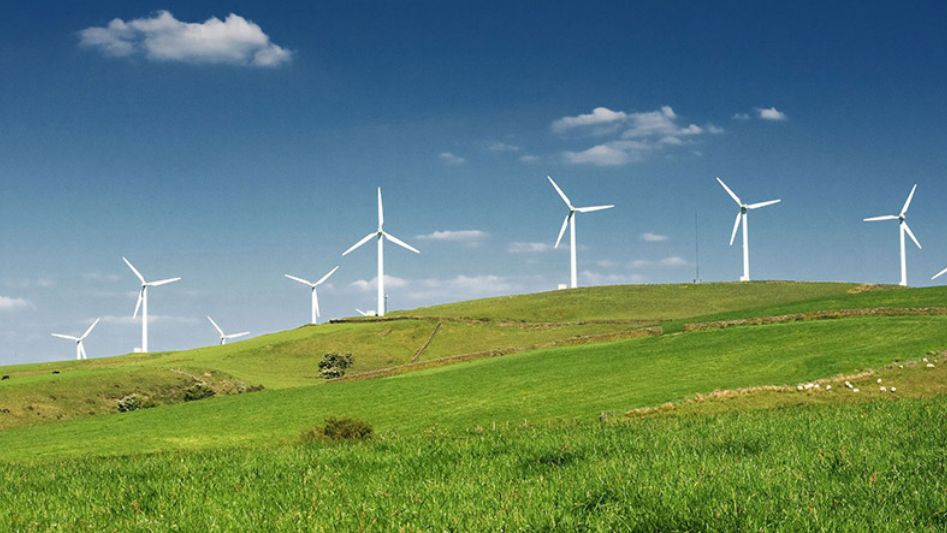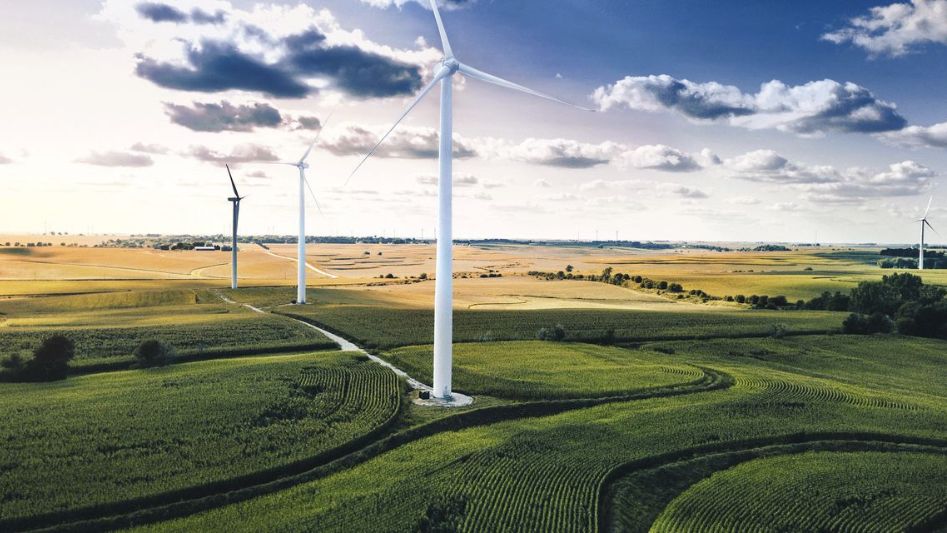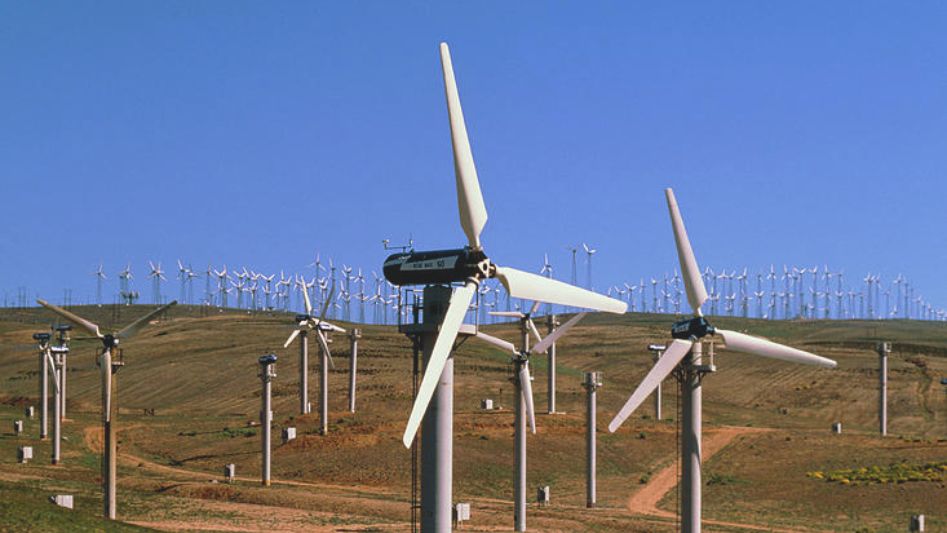Wind energy is a critical component of the world’s transition to clean, renewable sources of power. Wind turbines have become iconic symbols of sustainability, generating electricity without the greenhouse gas emissions associated with fossil fuels. However, the rapid expansion of wind farms has raised concerns about their impact on wildlife, particularly birds and bats. This article explores the complex relationship between wind turbines and wildlife, highlighting the need to strike a balance between clean energy production and ecological conservation.
Table Of Content
We invite you to read: “The Role of Offshore Wind Farms in Climate Action”

The Growth of Wind Energy
Wind energy has experienced remarkable growth over the past few decades. Wind turbines harness the kinetic energy of moving air to generate electricity. Unlike fossil fuels, wind energy is abundant, renewable, and does not produce harmful emissions or contribute to climate change. As a result, wind power has become a key player in the global effort to reduce carbon emissions and combat climate change.
The Wildlife-Wind Turbine Conflict
While wind energy offers numerous benefits, it is not without its challenges, especially when it comes to its impact on wildlife. Birds and bats are particularly vulnerable to wind turbines. Collisions with turbine blades can be fatal for these animals, leading to concerns about declining populations and disruptions to ecosystems. Other potential issues include habitat disruption, noise pollution, and changes in local weather patterns.
Bird and Bat Collisions
One of the most pressing concerns associated with wind turbines is the risk of bird and bat collisions. Birds in flight and bats hunting for insects near wind farms can inadvertently collide with the spinning blades. This phenomenon has been widely documented, with certain species being more susceptible than others. Raptors, such as eagles and hawks, are particularly at risk due to their large wingspans and hunting behaviors.
We invite you to read: “Green Energy on the Horizon: Exploring the Future of Wind Turbines”

Mitigation Strategies
To address the wildlife-wind turbine conflict, various mitigation strategies have been developed and implemented:
1. Turbine Placement
Careful site selection is crucial to minimizing the impact of wind turbines on wildlife. Avoiding migration routes and known bird or bat habitats can reduce the risk of collisions. Additionally, siting turbines away from important breeding or feeding areas can help protect vulnerable populations.
2. Radar and Monitoring Systems
Advanced radar and monitoring systems can detect approaching flocks of birds or bats, allowing wind farm operators to temporarily shut down turbines when the risk of collision is high. These systems can be effective in reducing the overall number of bird and bat fatalities.
3. Blade Design and Technology
Innovations in blade design and technology have led to quieter and more bird-friendly turbines. Slower rotation speeds, increased visibility of the blades, and avian deterrents such as specialized markings can all help reduce the likelihood of collisions.
4. Habitat Restoration and Compensation
Some wind energy projects invest in habitat restoration or conservation efforts to offset their impact on wildlife. This can involve creating or restoring habitat in nearby areas to compensate for the loss of habitat due to wind farm construction.
The Role of Regulation
Government regulations and industry standards play a crucial role in mitigating the impact of wind turbines on wildlife. Many countries have established guidelines for the development and operation of wind energy projects, with a focus on protecting vulnerable species and sensitive habitats. These regulations often require thorough environmental assessments before wind farm construction can proceed.
We invite you to read: “Wind Turbines vs. Climate Change: A Powerful Ally in the Fight for Our Planet”

Conclusion
Wind turbines are a vital part of the transition to renewable energy sources, offering a clean and sustainable alternative to fossil fuels. However, their impact on wildlife cannot be ignored. Balancing the benefits of wind energy with the conservation of wildlife is a complex challenge. By implementing mitigation strategies, investing in research, and adhering to responsible regulation, it is possible to minimize the harm that wind turbines can cause to birds, bats, and their habitats. As we continue to expand our renewable energy infrastructure, it is crucial that we prioritize both clean energy and ecological preservation in our pursuit of a more sustainable future.
FAQs
What is the main concern regarding wind turbines and wildlife?
The primary concern is bird and bat collisions with wind turbine blades, which can have detrimental effects on populations.
How can the impact of wind turbines on wildlife be mitigated?
Mitigation strategies include careful turbine placement, radar and monitoring systems, improved blade design, and habitat restoration efforts.
Are there regulations in place to protect wildlife from wind turbines?
Yes, many countries have established regulations and industry standards to minimize the impact of wind turbines on wildlife and their habitats.
What is the importance of wind energy in the fight against climate change?
Wind energy is vital for reducing greenhouse gas emissions and combatting climate change, as it provides clean and renewable electricity without fossil fuel emissions.
You May Also Like
- Protecting Wildlife: Dutch Set Global Precedence with Offshore Wind Farms Shutdown for Migratory Birds
- The Relationship between Wind Energy and Climate Resilience
- Dutch Takes Unprecedented Step to Protect Migratory Birds, Halts Offshore Wind Turbines
- Vertical Axis Wind Turbines: An Alternative to Traditional Wind Turbines?
- The Advantages and Disadvantages of Large-Scale Wind Energy Projects

